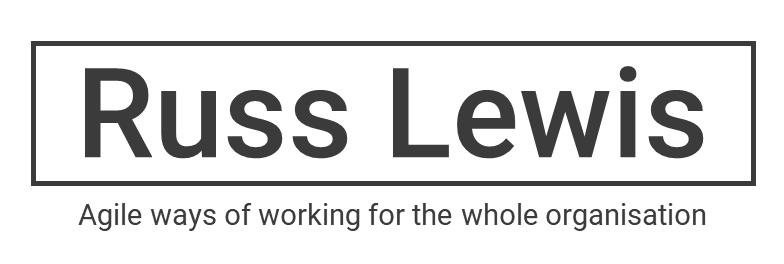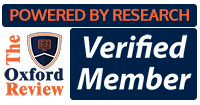
Agile Training, The Agile Way
What are the common challenges for training, and what solutions can Lean or Agile methods provide?
In-House Learning
Problem 1: Today's Lean organisations are reluctant to send a whole team away for a week's training. Apart from the risks for business continuity, the stress of changing travel, social and childcare arrangements can obscure the benefits of the training itself.
Solution: Bring the course in-house and run it to fit-in with your normal schedule. No special arrangements or hotels are needed for staff.
Problem 2: Switching from a course case study back to what was going-on before the course, then starting something new, and being pulled-back again to sort out another issue - "context switching" - is counter-productive, inefficient and therefore expensive.
Solution: Make your project the "case study", it's your course after all. Follow-up immediately with coaching and mentoring or project leadership, so that the project's momentum and direction is maintained. This helps reduce project risks and assures on-time delivery.
Problem 3: A feature of open and public courses is the number of people on them. It can be fun getting to know each other over a few days, and learning all about each other's businesses, but is it in the best interest the organisation?
Solution: Hold one course per customer and let the customer decide who attends. Discussions can be directly relevant to the work and do not need to be hypothetical. When people who work together get together in a facilitated environment, they are able to look at their own processes critically and are then able to see how to make improvements.
Your Instructors Make or Break a Course
Problem 4: Quality of training really depends on who runs the training course.
Solution: Trainers should be practising professionals, who have also learned how to deliver training at the highest professional levels.
Quality of the Course Product
Problem 5: Public course vendors pack too many topics into courses so they can sell them to a very wide audience. Attendees have to accept that a proportion of the course time will be spent on material that is irrelevant to them, too basic for them, beyond them, or a repeat of what they heard on a previous course. This is because courses are published like books. Push-out enough titles and eventually you will hit a jackpot like Prince2, ITIL, or Agile.
Solution: Courses should be completely modular and independent with no overlap. Customers should be encouraged to mix and match modules to design the perfect course to meet their own requirements.
Problem 6: Customising courses from other courses never works well, although vendors charge for customisation them. Often described as "modular", public courses are actually heavily structured and highly interdependent.
Solution: Every course should be a customised course. It's essential to find out what the customer's needs from the course are beforehand, then create the course to suit those needs then deliver it.
Storm's In a Day™ range of courses have been developed as a Lean Agile solution to the customer's need for faster and better skills acquisition and to address some of the most frequently-heard comments about training.







